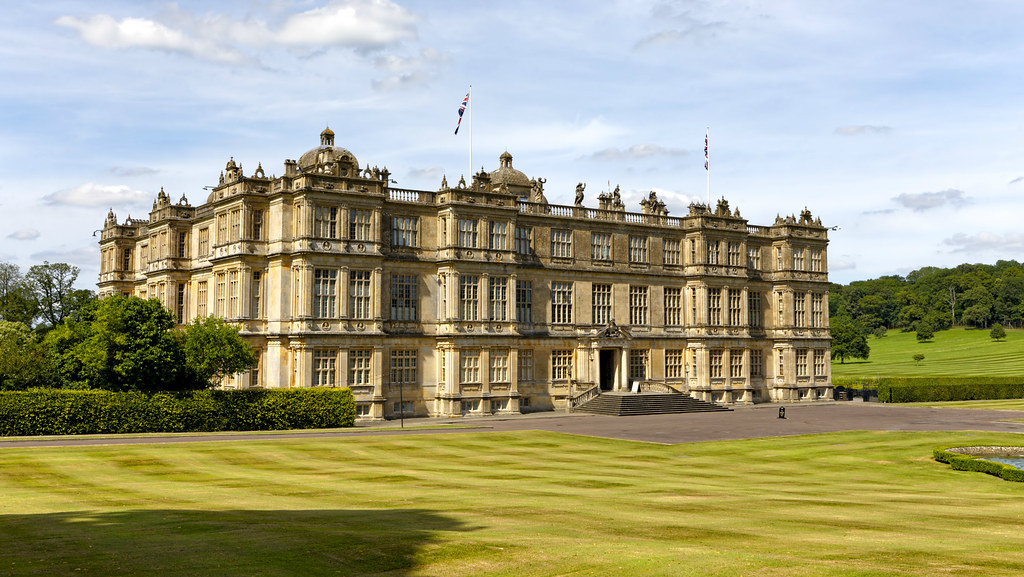The UK is home to a large number of beautiful and historic buildings, from Bath Abbey to the Bishops Palace in Glastonbury to Longleat House in Wiltshire. The UK Government has set itself the ambitious target of reducing carbon emissions to zero and improving the energy efficiency of buildings is a key aspect of this.
Many historic buildings, by their nature and age of construction, make them highly energy inefficient and pose a great challenge to those responsible for improving these building’s energy use. However, retrofitting such iconic buildings with energy saving technologies is controversial as some of the building’s historic elements may be altered or covered up.
The team of researchers at the University of Bath have devised a new approach to discussing the balance between the need to reduce the carbon emissions of these buildings whilst retaining their heritage character, for the first time directly involving members of the general public.
Using a three-step process, they interviewed 116 members of public and asked them to rank the acceptability of 15 potential energy saving retrofit measures which could be applied to historic buildings. Uniquely, this was done by showing the public photographs of the technologies on other old buildings, thereby helping them to understand the visual implications. Such measures included installing solar panels on the roof, draught proofing windows and doors, and applying insulation panels to the building’s exterior façade.
The researchers then tested the energy-saving retrofits on buildings using an energy model to provide a separate ranking of the retrofit measures based on their energy-saving ability. Both the public’s acceptability ranking and the energy-saving rankings of the retrofit measures were then compared. The results showed that those interventions that saved the most energy (namely, draft proofing the ground floor, installing log burners in fireplaces, draught proofing of windows and doors, placing old windows with double-glazed replicas, and installing modern radiators and gas boilers), were not those thought to be the most visually unacceptable.
Those tasked with balancing conservation and energy saving – such as conservation officers and architects – will greatly benefit from this new approach. By clearly highlighting those measures which were both effective in saving energy and deemed as preserving the visual character of the building, this approach will save both time and money, and assure practitioners that they are not discussing options that are both unappealing to the public and save little energy.
The researchers at Bath are now looking to partner with local authorities and other organisations to practically trial this novel approach. They believe the approach will work equally well when discussing a single building, or when setting local policy. The University will help to both design the project and analyse the results, working closely with partners to address in the pursuit of reducing carbon emissions.
Lead researcher and Professor of Low Carbon Design in the University of Bath’s Department of Architecture & Civil Engineering, David Coley, said: “Understandably, conservation has been led by conservation experts, this new approach allows the public and energy specialists to also play a role. It doesn’t attempt to bypass the history of a building, but brings together energy modelling and structured discussions with the public to allow conservation officers and others to discover where there is no conflict, and to establish whether their views are with in line with the energy facts and with public opinion.”
The article ‘A socio-mathematical approach to exploring conflicts between energy retrofit and perceived heritage character’ has been published in Building and Environment, and can be accessed at https://www.sciencedirect.com/science/article/pii/S036013231830180X
To discuss partnering with the University on this trial and for more information, please contact the project lead, Professor David Coley by emailing d.a.coley@bath.ac.uk or calling 01225 385531.

